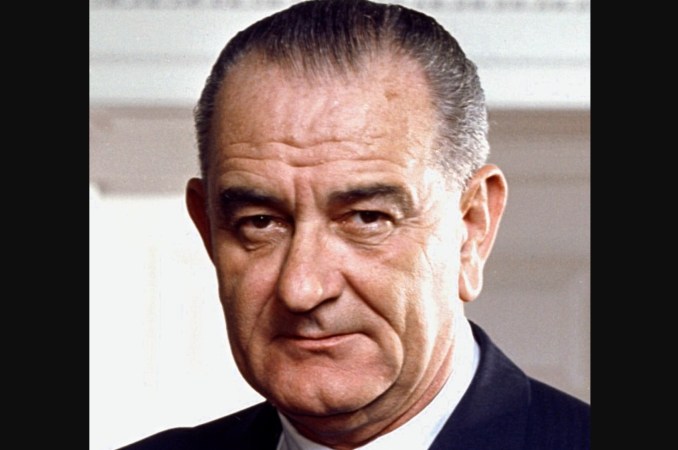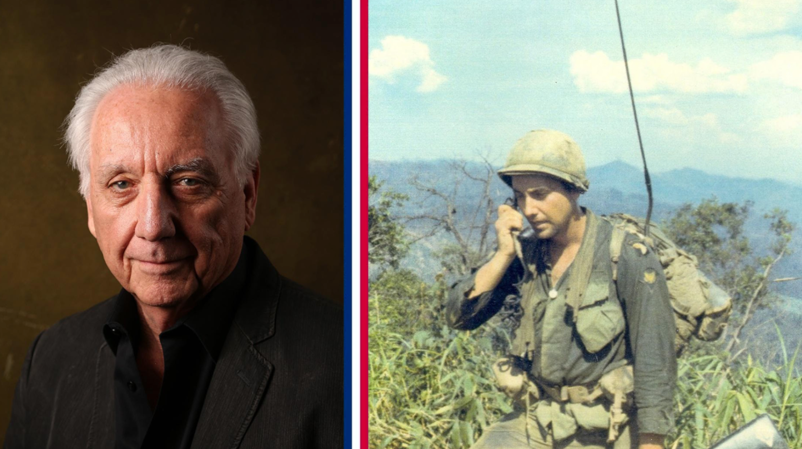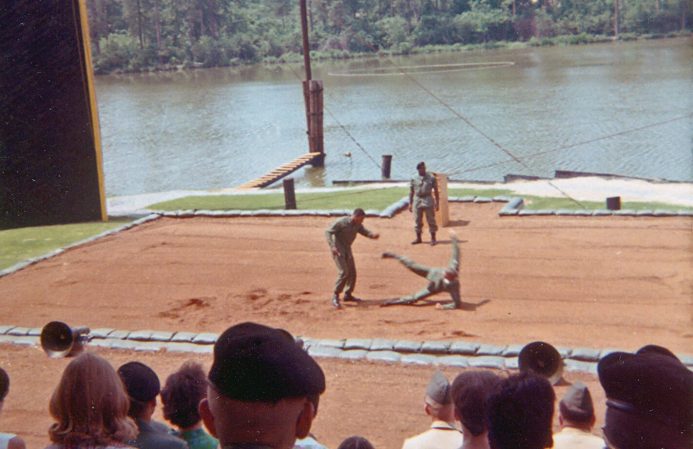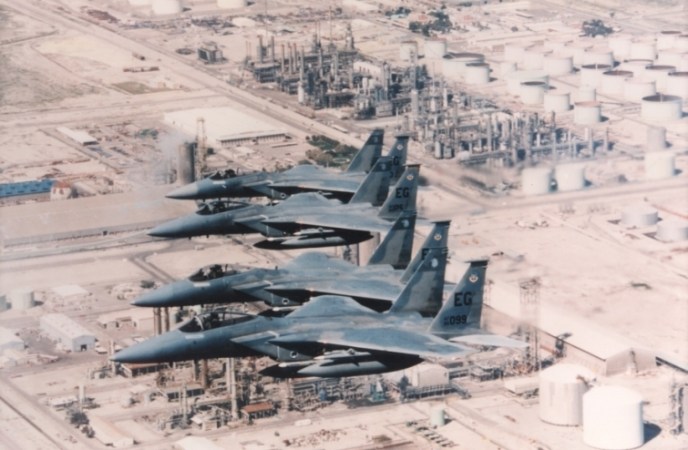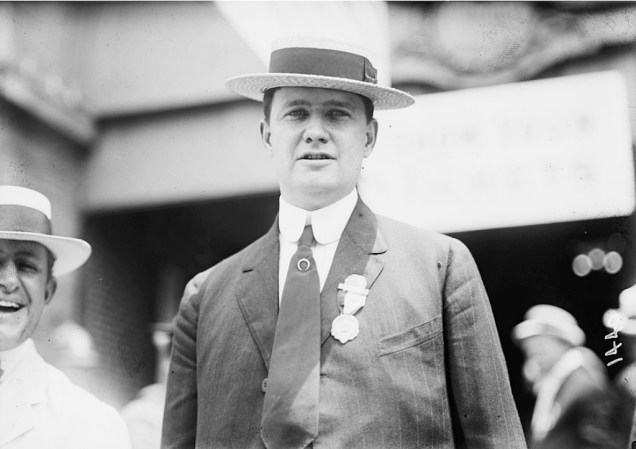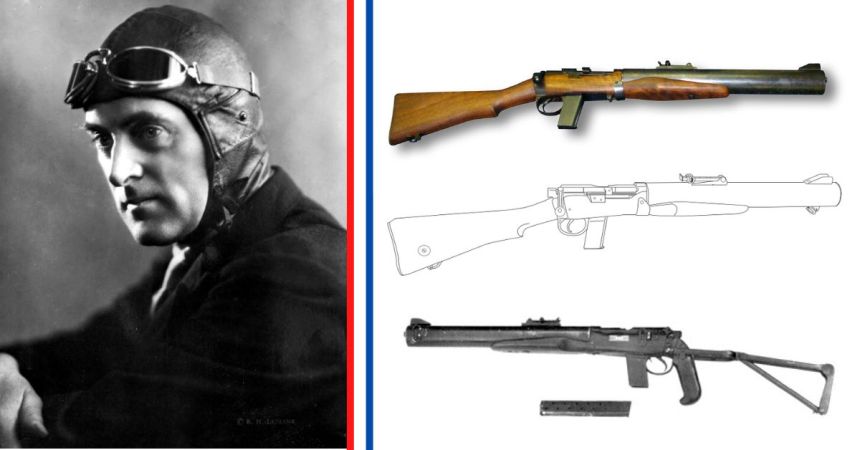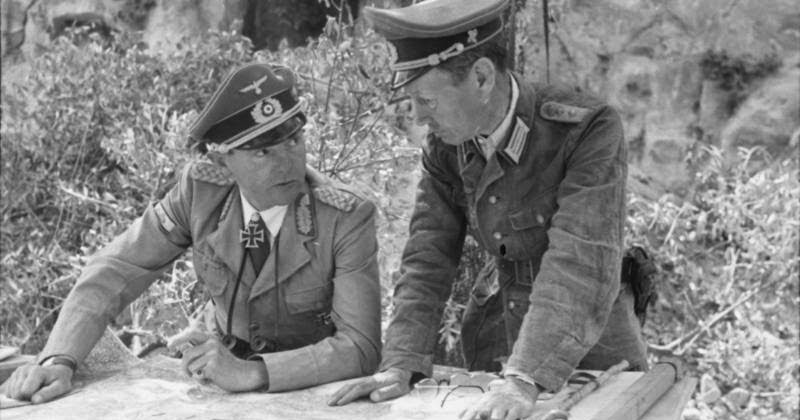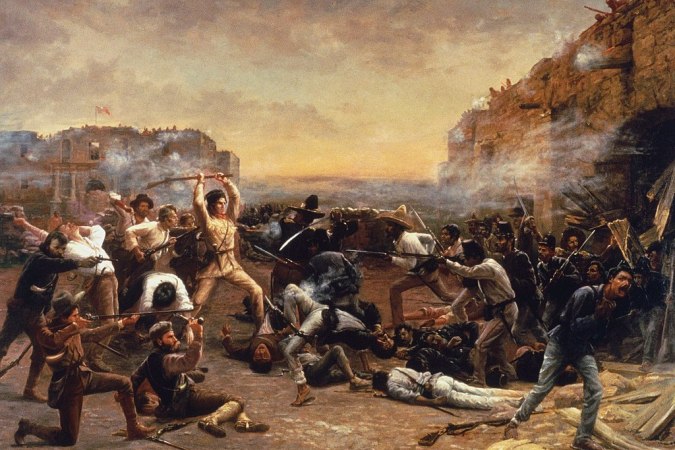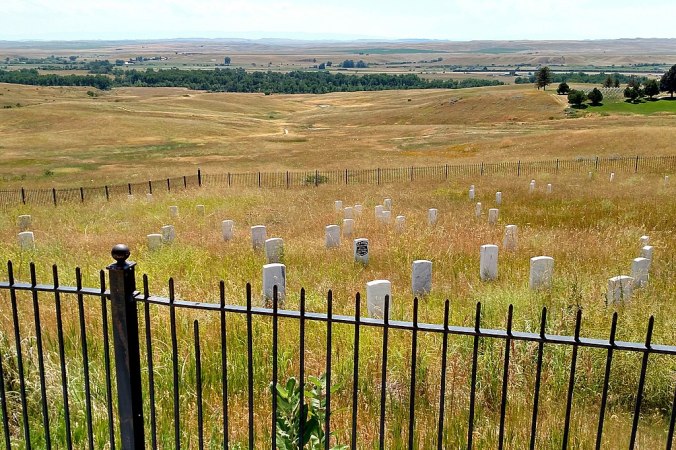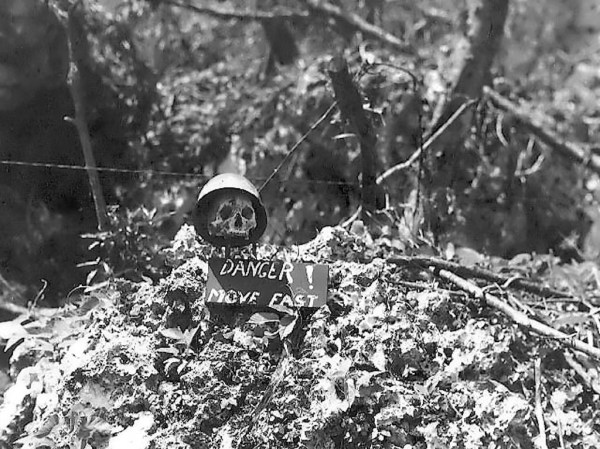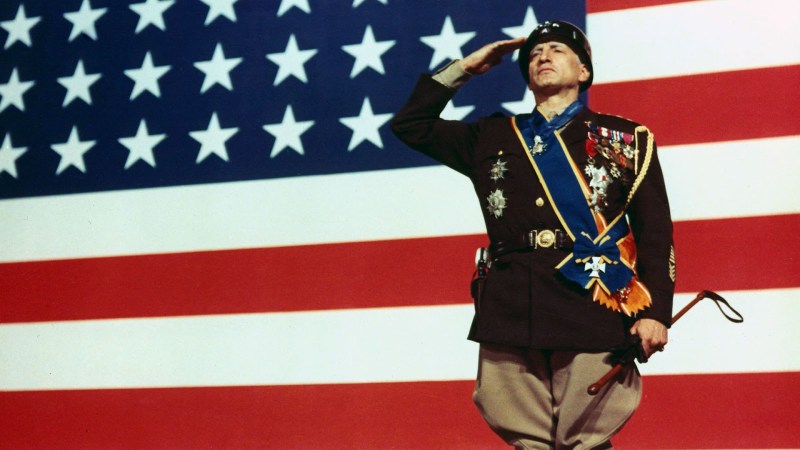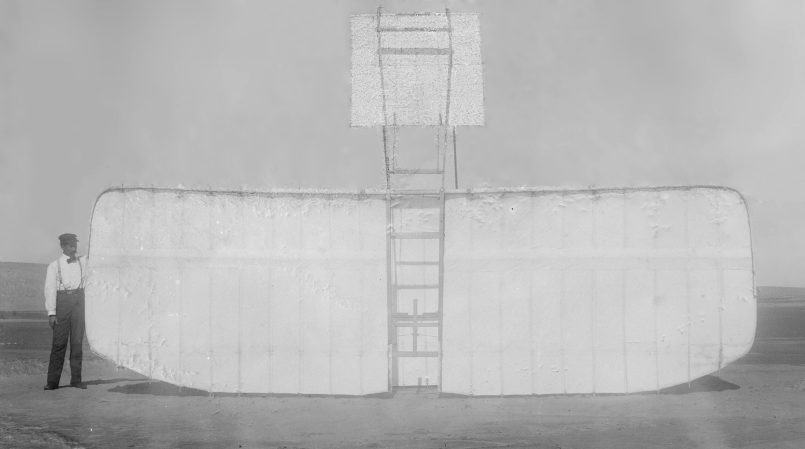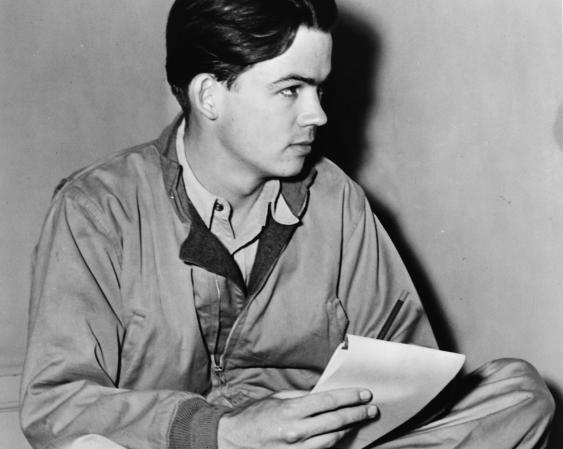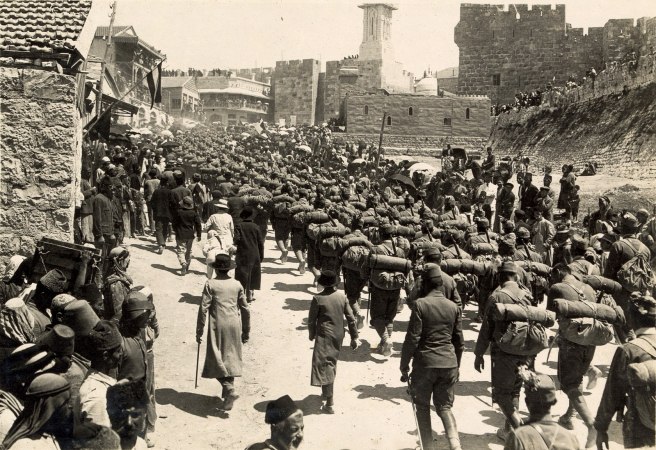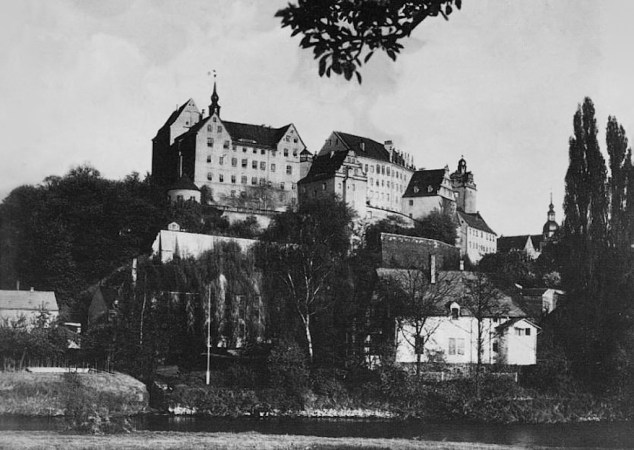The 1965 Battle of Ia Drang saw the first major engagement between the United States Army and the People’s Army of North Vietnam (PAVN). The intense, four-day battle in South Vietnam’s Central Highlands became the template for how Americans fought pitched battles against North Vietnamese forces, using helicopters for air mobility, close air support from fixed-wing aircraft, and artillery that could help shield American troops from miles away.
The North Vietnamese had no qualms about firing on incoming and outgoing U.S. helicopters, and the communist forces were known among aviators for their surface-to-air missile positions hidden among the jungle canopies. So why not plan a simultaneous attack on American artillery during the course of a pitched battle? The answer is the Beehive: a close-range artillery round packed with thousands of small darts designed to kill an entire attacking infantry unit.
During the Battle of Ia Drang, Col. Hal Moore and the roughly 1,000 American and 900 South Vietnamese infantry were supported by an artillery firebase five miles away from the fighting to the northeast. Moore later wrote that the firebase, Fire Support Base Falcon, could provide withering fire from its two batteries of artillery that included 24 M101A1 105-millimeter howitzers.

As the fighting wore on the artillerymen of FSB Falcon unloaded thousands of high explosive, smoke, illumination, and white phosphorus rounds at the North Vietnamese. They kept up a sustained fire and exceeded the maximum rate of fire for the howitzers, especially at night. The artillery at Ia Drang kept a “Steel Curtain” around the Americans at LZ X-Ray and kept the North Vietnamese from overrunning the U.S. troops in the dark.
With more than 2,500 troops at Ia Drang, unable to make an effective advance against Moore and his cavalry, some inexperienced communist commanders might have through of making a run against the artillery at FSB Falcon, which was situated relatively close to the fighting. A more experienced commander, like the PAVN Gen. Nguyen Huu An (who was in command at Ia Drang) knew better. Attacking the artillery would be certain death.
If attacked, artillery like the M101A1 have the ability to lower their barrels, also known as “leveling the tubes.” It’s not a common action, as artillery don’t often face a direct attack from oncoming infantry. Aiming artillery at a specific target can be devastating for the attackers. Standard high explosive artillery shells on their own are deadly, but in the face of an enemy attack, artillerymen won’t use high explosive, they’ll use “the beehive.”
The Beehive is the best defense for artillery facing a large number of incoming enemy troops. It’s a large round, packed with 9,000 metal flechettes, sharp, non-explosive darts that flip around when the round is fired. Sending a beehive into an attacking infantry send these darts hurtling toward soft, squishy targets at high speeds, shredding those targets and pretty much anything else in their path.
Just a handful of 105-millimeter guns can wipe out a company-sized unit of infantry. An entire firebase the size of FSB Falcon firing beehives could completely destroy an entire division, some 10,000 to 15,000 troops.
At Ia Drang, the Americans were able to push the North Vietnamese back in a fight that lasted three days, most due to the support from artillery at FSB Falcon. The U.S. Army notched up a 10-1 kill ratio and claim victory after all was said and done.




